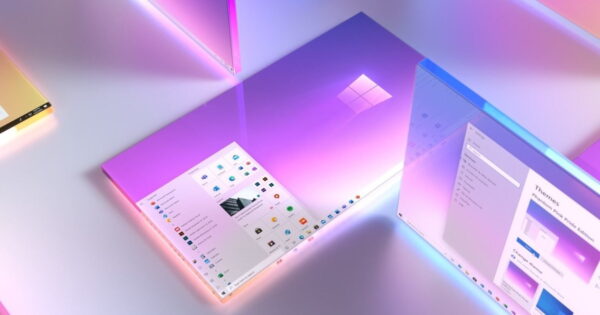After tempting the next generation of Windows during the Build last week, Microsoft announced that it would officially reveal the new version of its operating system on June 24 at 11 am. The company has begun sending invitations to the media, and it was revealed that the CEO of Satya Nadella and Head of Pano Panay Pano officer would support the event.
In Build, Nadella said he had tested the new OS for the past few months. He added, “We will create more opportunities for every Windows developer today and welcome every creator who is looking for the most innovative, new, open platform to build and distribute and monetize applications.” It is possible to refer to the rumors of the Windows Store update, which can make it easier for developers to encourage their application to consumers.
Announcement of the event follows the news that Microsoft killed the development of Windows 10x, the OS variant which was originally intended for a double screen device. Last year, the company shifted 10x focusing on a single screen device to potentially make a stronger competitor for Chrome OS. Now, Microsoft plans to bring some 10x features to Windows 10 right.
So where can Microsoft go next after Windows 10? When it was launched in 2015, I noted that it was a great combination of the best features of Windows 7 and 8. It had the first clean desktop, with a smart additional touch screen from the last (fortunately, the menu began to make a return). Windows 10 is also the first major sign of how different Microsoft is under Nadella, who took the CEO of the Mantle from Steve Ballmer in 2014.
In particular, he announced that Windows 10 will be free for a year (and even longer for some users), a massive turnabout of the previous Microsoft charging strategy for every new release. By doing that, Nadella encourages users to switch from Windows 7 and 8, make Windows 10 platforms more feasible for developers who want to build modern applications.
I will bet Microsoft will enter many Windows 10x double screen features into the next OS. We haven’t seen a lot of completely double screen PCs, apart from Yoga Clunky Lenovo’s books, so the door is wide open for Microsoft to push more PC makers to make the leap. The company also clearly needs to work on Windows support for arm devices, because the current OS holds excellent hardware such as the pro X surface. Now Apple has managed to move its computer to an arm-based M1 chip, the ball is in Microsoft Court for the help of PC makers do the same





